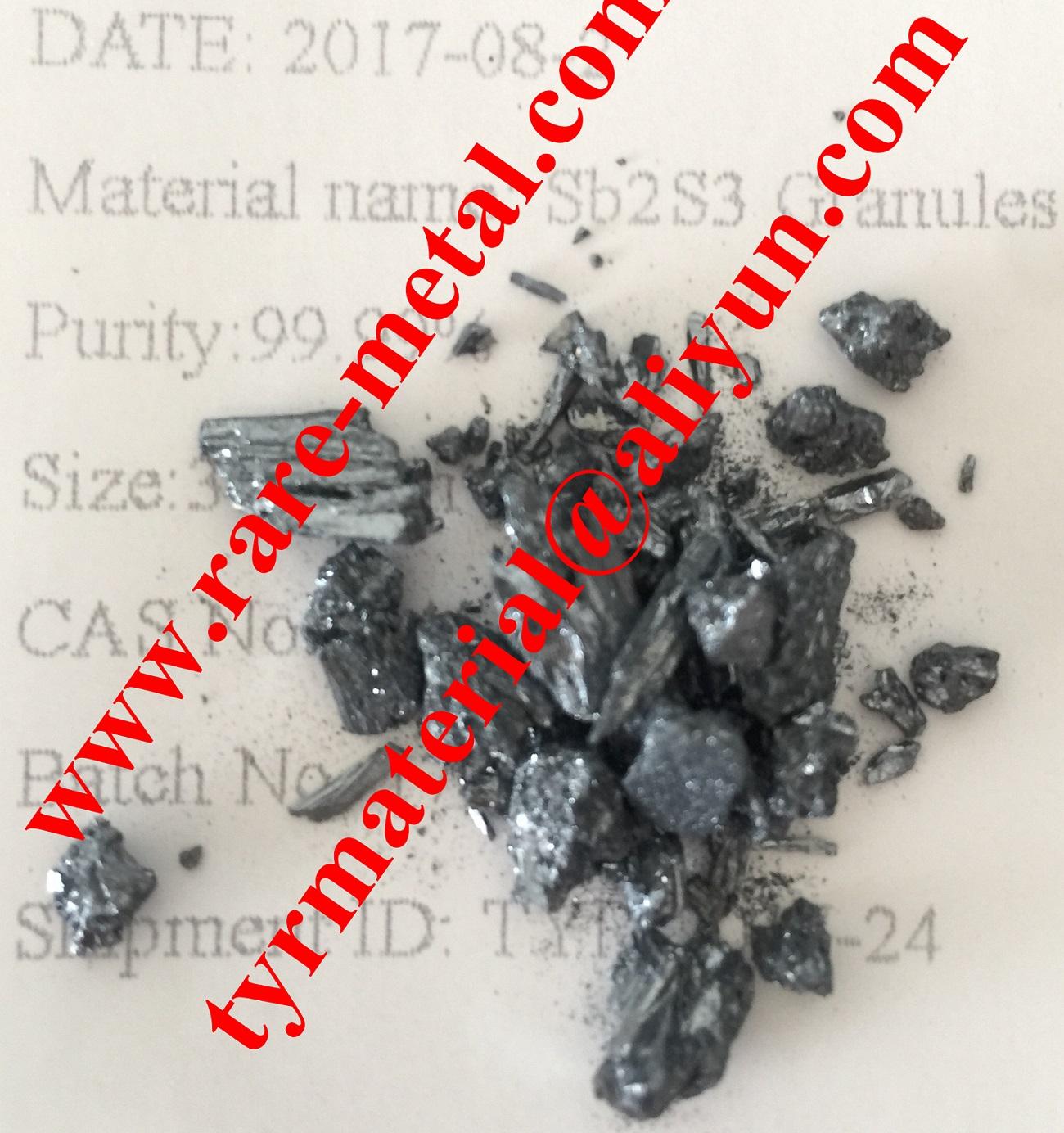

Absolute ethanol may inactivate microbes without destroying them because the alcohol is unable to fully permeate the microbe's membrane. A solution of 70% ethanol is more effective than pure ethanol because ethanol relies on water molecules for optimal antimicrobial activity. However, it is ineffective against bacterial spores, but that can be alleviated by using hydrogen peroxide.

Ethanol kills microorganisms by dissolving their membrane lipid bilayer and denaturing their proteins, and is effective against most bacteria, fungi and viruses. Main article: Alcohol (medicine) Antiseptic Įthanol is used in medical wipes and most commonly in antibacterial hand sanitizer gels as an antiseptic for its bactericidal and anti-fungal effects. Before the late 18th century the term "alcohol" generally referred to any sublimated substance. The use of "alcohol" for ethanol (in full, "alcohol of wine") is modern and was first recorded in 1753.

It is a medieval loan from Arabic al-kuḥl, a powdered ore of antimony used since antiquity as a cosmetic, and retained that meaning in Middle Latin. The term "alcohol" now refers to a wider class of substances in chemistry nomenclature, but in common parlance it remains the name of ethanol. The name ethanol was coined as a result of a resolution that was adopted at the International Conference on Chemical Nomenclature that was held in April 1892 in Geneva, Switzerland. According to the Oxford English Dictionary, Ethyl is a contraction of the Ancient Greek αἰθήρ ( aithḗr, "upper air") and the Greek word ὕλη ( hýlē, "substance"). He coined the word from the German name Aether of the compound Cĥ (commonly called "ether" in English, more specifically called " diethyl ether"). The "eth-" prefix and the qualifier "ethyl" in "ethyl alcohol" originally come from the name "ethyl" assigned in 1834 to the group Cĥ− by Justus Liebig. Please let us know how we can improve this web app.Ethanol is the systematic name defined by the International Union of Pure and Applied Chemistry (IUPAC) for a compound consisting of an alkyl group with two carbon atoms (prefix "eth-"), having a single bond between them (infix "-an-") and an attached functional group −OH group (suffix "-ol"). Related: Molecular weights of amino acids Weights of atoms and isotopes are from NIST article.


 0 kommentar(er)
0 kommentar(er)
